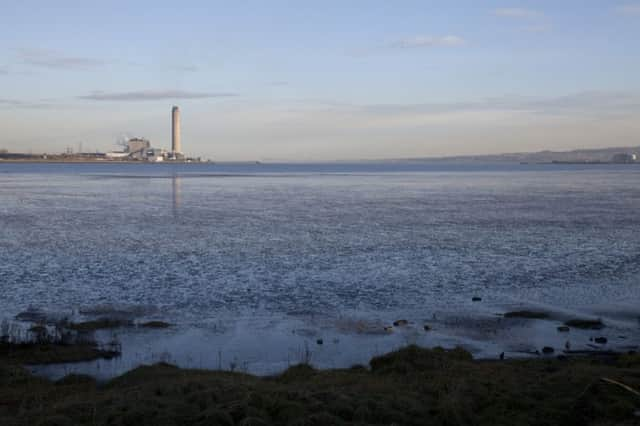Uncovering hidden gems of Inner Forth
This article contains affiliate links. We may earn a small commission on items purchased through this article, but that does not affect our editorial judgement.


My journey to work at our office near Falkirk involves miles of roaring motorway, with the massive towers, tanks and flares of Grangemouth dominating the horizon to the north. Yet despite the industrial landscape seemingly all around, my journey culminates with a moment that just makes my heart soar. Within minutes of leaving the M9 I find myself driving along a shady green lane, lined by majestic old trees, and hearing only the burble and piping sounds of curlew and pink-footed geese from the fields beyond.
It’s a great journey because, for me, it embodies the jumble of contradictions that is the Inner Forth.
Advertisement
Hide AdAdvertisement
Hide AdWithin the space of a few minutes you can go from industry to farmland, along wooded countryside track to salt marsh, and stand on the seawall that lets you look out on thousands of birds, with the chimneys and flashing lights of Grangemouth and Longannet sitting calmly in the background.
The area’s wildlife is protected at national and international levels, yet it is also dominated by heavy industry. The Firth of Forth is right at the heart of Scotland, in more ways than one, and provides a sea-link between the central belt and the wider world.
Yet the riverscape and surrounding countryside probably don’t feature on too many visitors’ hit lists, and in many places it is virtually inaccessible.
That’s where the Inner Forth Landscape Initiative comes in. It aims to draw together this rich natural, cultural and historical heritage through 50 interlinked, yet individual projects covering an area of a little over 200km2, running on each side of the Forth, from Blackness and Rosyth in the east to Stirling in the west.
As lead partner, the RSPB has several projects within the initiative – from improving wetland sites for wading birds, to looking at the drivers for landscape change with local primary schools.
Working at a landscape scale is not new for the RSPB, but this approach to both the natural and cultural heritage of a landscape enables a more integrated take on how people engage with the spaces and places around them. This is crucial to delivering long-term benefits to both people and nature.
Research has shown that improving access to green spaces could save the NHS £2.1 billion per year. Nature helps us heal – physically, mentally and metaphorically – and sometimes nature needs our help in return.
One of my favourite views across the landscape is from the Clackmannanshire Bridge to the ruin of the first industrial-scale whisky distillery in the world at Kennetpans.
Advertisement
Hide AdAdvertisement
Hide AdConserving these ruins is one of the projects included in the initiative as Kennetpans does not appear in many tourist guides to the lost distilleries of Scotland – but it should, because it’s the place where whisky production in Scotland began its transition from a small-scale cottage industry to the vast commercial enterprise it is today.
The Inner Forth is a landscape that deserves and rewards a closer look. It is home to many thousands of wintering waders and wildfowl; the mud flats and salt marshes are alive with stunningly beautiful birds like curlew, shelduck and pink-footed geese.
The area also has a rich coal-mining heritage, as well as legacies left by the earlier industries of salt-panning and lime production.
The wealth that these industries fostered is reflected in the imposing, though sometimes ruined, mansions, towers and country estates that are now often concealed by the post-industrial towns and villages that remain.
The Inner Forth’s treasures are too well hidden in the past, and the initiative’s job is to strip away the fog that prevents many of the gems of the area from being as well known as they ought, and to reveal the wealth of natural and cultural heritage that it holds.
• Jess Dolan is programme m,anager for the Inner Forth Landscape Initiative, which is a Landscape Partnership Scheme funded by the Heritage Lottery Fund and others. It’s a four-year, £4m programme of work, supported by a partnership of nine organisations and led by the RSPB.